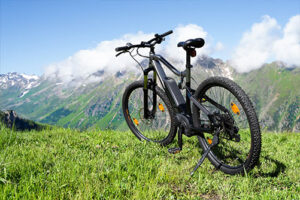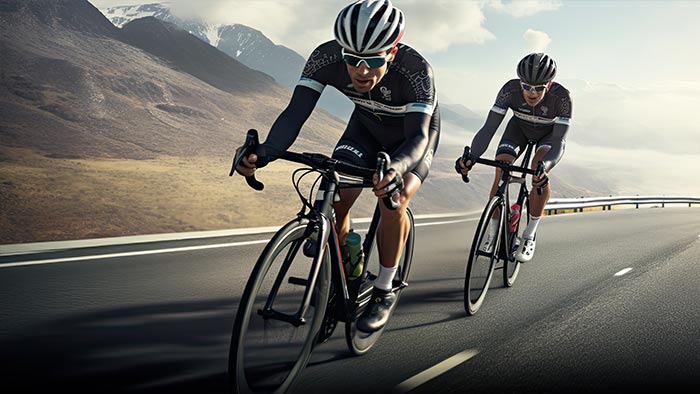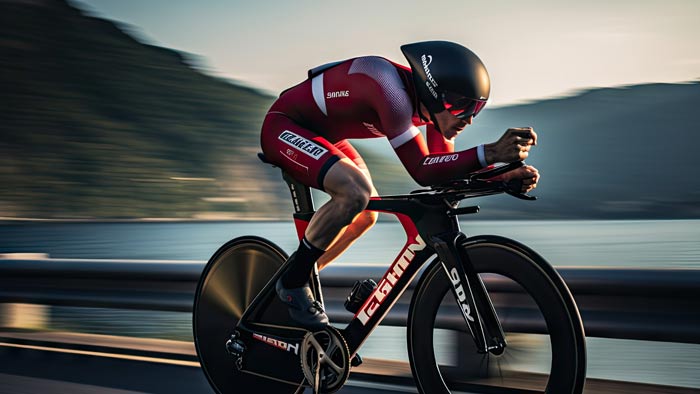The first time I rode an electric road bike, something felt off. The assistance kicked in like an overeager puppy—jerky, unpredictable, and frankly, a bit unsettling. The elegant dance between rider and machine that I'd refined over decades of road cycling was suddenly interrupted by a third party: a motor with its own agenda.
Three bikes and countless test rides later, I've discovered that finding the perfect electric road bike isn't about maximum power or longest range—it's about that elusive sweet spot where assistance enhances rather than overwhelms the fundamental road bike experience.
The Road Feel Dilemma
Traditional road cycling offers a direct connection to the road—every pedal stroke translates to forward motion with predictable, immediate feedback. Add a motor and battery, and this relationship becomes more complex.
"Road feel" encompasses several elements that true cyclists value:
- The immediate response when you stomp on the pedals
- The subtle feedback from the tires as they grip the asphalt
- The way the bike handles through corners and descents
- The natural acceleration that matches your effort precisely
The best electric road bikes preserve these sensations while adding assistance that feels like a tailwind rather than a tow rope.
Power Delivery: The Make-or-Break Factor
After testing over a dozen systems, I've found that how power is delivered matters far more than raw wattage numbers.
Case Study: The Cadence Mismatch
My first e-road bike used a basic cadence sensor. On paper, it offered impressive assistance—up to 300 watts. In practice, the experience was jarring. The motor would kick in a half-second after I started pedaling, creating an unsettling surge rather than smooth acceleration.
Climbing felt particularly unnatural. I'd stand up to power over a short steep section, and just as I was about to sit back down, the motor would finally engage, throwing off my rhythm and balance.
The solution? Systems that combine multiple sensors—torque, cadence, speed, and even accelerometers—to create a more natural power curve.
The Tuning Spectrum
Modern e-road systems offer increasingly sophisticated tuning options:
- Specialized SL 1.1: Allows customization not just of power but power delivery characteristics, enabling you to create a motor response that matches your pedaling style
- Fazua Evation: Offers distinct ride modes that prioritize either efficiency or natural road feel
- Ebikemotion X35: Provides simple power levels but with a remarkably natural delivery that many purists prefer
When I switched to a torque-sensing system with customizable power curves, the difference was transformative. The assistance felt less like an external force and more like an amplification of my own effort—as if I'd simply become stronger rather than being pushed.
Weight and Balance: The Invisible Elements
An overlooked aspect of road feel is how the bike's weight is distributed:
Hub Motors vs. Mid-Drive: A Crucial Distinction
Hub motors place weight at the rear wheel, creating a noticeably different weight distribution. This affects cornering dynamics and climbing posture in subtle but important ways.
Mid-drive systems centralize mass, preserving more traditional handling characteristics. When I switched from a hub-drive to a mid-drive e-road bike, the difference in descending confidence was remarkable—the bike no longer felt rear-heavy in tight corners.
The Battery Placement Question
Battery integration significantly impacts road feel:
- Downtube integration: Maintains central weight distribution but adds bulk to the frame
- Seat tube batteries: Raise the center of gravity, affecting handling on technical descents
- Range extender options: Allow for smaller integrated batteries with the option to add capacity for longer rides
After thousands of miles testing various configurations, I've found that a smaller integrated battery with a range extender option offers the best of both worlds—better road feel for shorter rides and extended range when needed.
The Assistance-to-Weight Ratio Sweet Spot
There's a delicate balance between assistance level and added weight. More powerful systems require larger batteries, creating a cycle of diminishing returns for road cyclists seeking to preserve the traditional experience.
In my experience, the sweet spot for preserving road feel while adding meaningful assistance is:
- Motor output: 30-40Nm torque (compared to 60-85Nm on typical e-bikes)
- Battery size: 250-350Wh integrated (vs. 500-700Wh on standard e-bikes)
- System weight: Under 4kg/8.8lbs added to the bicycle
These more modest systems provide 50-80 miles of realistic range with mixed assistance—plenty for most road rides—while maintaining handling characteristics remarkably close to an unassisted road bike.







